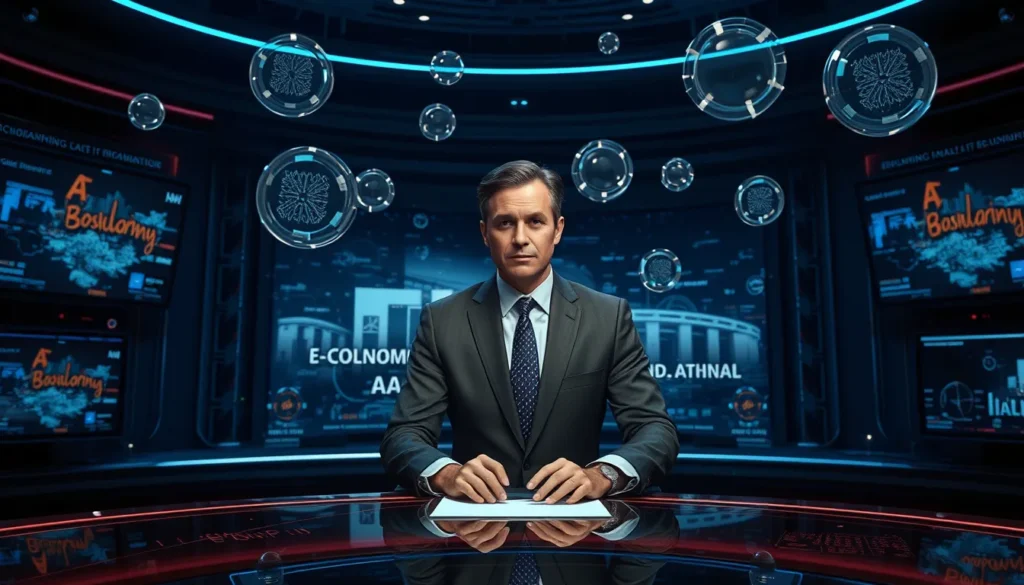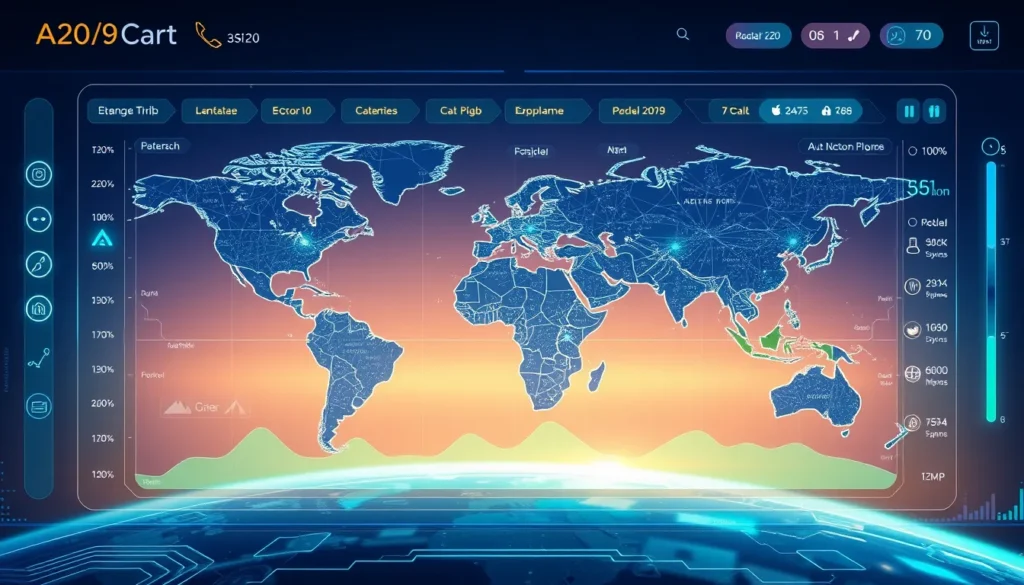Now Reading: Ethical Deepfakes & Deepfake Tech: OpenAI Policy Action
-
01
Ethical Deepfakes & Deepfake Tech: OpenAI Policy Action
Ethical Deepfakes & Deepfake Tech: OpenAI Policy Action

Ethical Deepfakes & Deepfake Tech: OpenAI Policy Action
Deepfake technology has evolved rapidly, raising both excitement and concern in the digital age. Central to this debate is the balance between innovation and ethics. In this article, we delve deep into the world of ethical deepfakes and deepfake technology. With platforms and developers increasingly focusing on responsible practices, understanding the nuances of these technologies is critical to navigating today’s media landscape.
The Rise of Deepfake Technology
Deepfake technology has transformed digital media by using artificial intelligence to create hyper-realistic alterations of images, videos, and audio. As the search volume and public interest in deepfakes surge, it is important to distinguish between creative applications and those with potential for harm. On one hand, deepfake technology offers opportunities for innovative storytelling and creative expression; on the other, it poses significant risks if misused. Key concerns include:
- The potential for misinformation and propaganda
- The undermining of public trust in media
- Legal and ethical challenges surrounding consent
Advancements in machine learning have made AI-generated deepfakes increasingly believable. As a result, there is growing pressure on companies to implement safeguards and ethical guidelines.
Understanding Ethical Deepfakes
The term “ethical deepfakes and deepfake technology” encapsulates the practice of using AI tools in a way that serves education, satire, or secure applications while avoiding harmful misinformation. Ethical deepfakes are produced with strict adherence to transparency and respect for individual rights. Important aspects include:
- Consent: Ensuring that all parties involved are informed and give permission for the use of their likenesses.
- Context: Clearly marking content as synthetic to avoid confusion with real footage.
- Accountability: Implementing robust review processes before releasing any AI-generated content to the public.
Companies such as OpenAI have taken notable steps in upholding these standards by halting problematic projects.
How OpenAI Halts MLK Deepfakes
One striking example of ethical intervention is the recent move by OpenAI to halt MLK deepfakes on the Sora platform. The decision was driven by concerns over using digital recreations of historical figures, which could distort historical narratives. The action emphasizes that ethical deepfakes and deepfake technology, when misrepresented, risk overshadowing genuine historical contributions with manipulated content. Key measures implemented by OpenAI include:
- Immediate cessation of projects that replicate historical figures without proper authorization
- Deployment of advanced detection tools to flag and review AI-generated media
- Collaboration with regulatory bodies to ensure compliance with ethical standards
The long-tail query “how OpenAI halts MLK deepfakes” reflects a growing public interest in understanding the mechanisms and ethical considerations behind such decisions. OpenAI’s proactive approach sets a benchmark for other tech companies managing similar technological challenges.
Regulatory Challenges and the Future of Synthetic Media
With the increasing sophistication of AI-generated content, regulatory challenges have come to the forefront. Traditional legislative frameworks struggle to keep pace with technological advancements. Moreover, ethical deepfakes and deepfake technology continually test the limits of existing media regulations. Key regulatory challenges include:
- Defining clear guidelines for consent and fair use
- Establishing global standards to prevent misuse
- Balancing innovation with protection against dangerous misinformation
Industry experts believe that greater collaboration between tech companies, governments, and civil society is essential. Only through such partnerships can we build a robust framework that both fosters innovation and protects public interest.
Embracing Innovation Responsibly
The rise of ethical deepfakes and deepfake technology represents both the promise and peril of modern AI. While the tools powering these technologies are revolutionary, their potential impact demands caution. By adopting strict ethical guidelines and robust oversight, the industry can ensure that innovation does not come at the cost of historical accuracy and public trust.
Looking ahead, society must invest in educational initiatives and technology literacy programs that help the public distinguish between authentic content and AI-manipulated media. This proactive stance will empower individuals and contribute to a healthier digital information ecosystem.
- Stay updated with ethical guidelines from leading tech companies such as OpenAI.
- Support regulations that address both innovation and the prevention of harm.
- Advocate for transparency in the production and distribution of synthetic media.
Conclusion: A Responsible Future for AI
In conclusion, the discussion surrounding ethical deepfakes and deepfake technology is more pertinent than ever. OpenAI’s decisive measures to halt MLK deepfakes serve as a reminder of the critical balance required between technological progress and moral responsibility. As we continue to explore the capabilities of AI, it is essential to advocate for ethical standards that protect cultural memory and historical integrity.
By understanding and integrating best practices in ethical deepfake creation, society can harness the power of deepfake technology for creative and constructive purposes. With active participation from all stakeholders, we can ensure that future advancements are made responsibly, safeguarding both innovation and historical truth.
This comprehensive approach offers hope for a future where deepfake technology is used wisely and ethically, protecting the legacy of historical figures while still enabling awe-inspiring creativity and progress in the digital age.

























